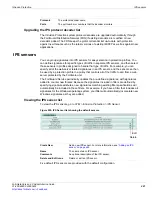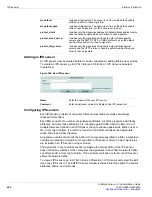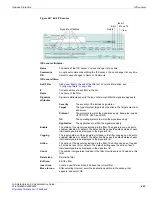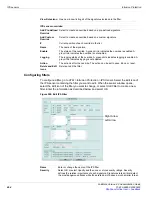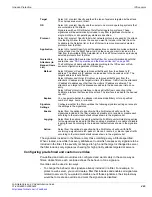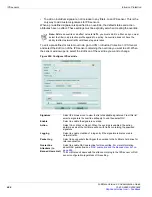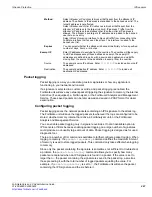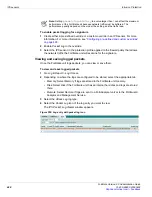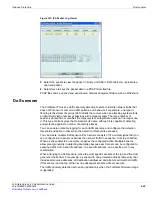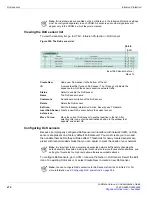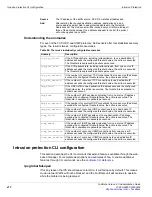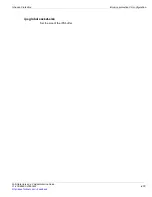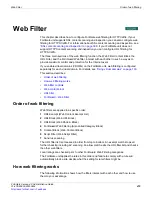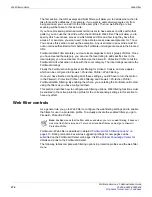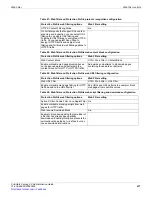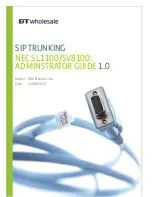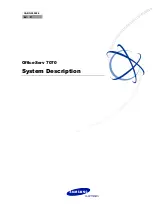
Web Filter
Order of web filtering
FortiGate Version 4.0 Administration Guide
01-400-89802-20090424
475
•
Web Filter
This chapter describes how to configure FortiGate web filtering for HTTP traffic. If your
FortiGate unit supports SSL content scanning and inspection you can also configure web
filtering for HTTPS traffic. For information about SSL content scanning and inspection, see
“SSL content scanning and inspection” on page 399
. if your FortiGate unit does not
support HTTPS content scanning and inspection you can configure URL filtering for
HTTPS traffic.
The three main sections of the web filtering function, the Web Filter Content Block, the
URL Filter, and the FortiGuard Web filter, interact with each other in such a way as to
provide maximum control and protection for the Internet users.
If you enable virtual domains (VDOMs) on the FortiGate unit, web filtering is configured
separately for each virtual domain. For details, see
“Using virtual domains” on page 103
This section describes:
•
•
•
•
•
•
Order of web filtering
Web filters are applied in a specific order:
1
URL Exempt (Web Content Exempt List)
2
URL Block (Web URL Block)
3
URL Block (Web Pattern Block)
4
FortiGuard Web Filtering (Also called Category Block)
5
Content Block (Web Content Block)
6
Script Filter (Web Script Filter)
7
Antivirus scanning
The URL filter list is processed in order from top to bottom. An exempt match stops all
further checking including AV scanning. An allow match exits the URL filter list and checks
the other web filters.
Local ratings are checked prior to other FortiGuard Web Filtering categories.
The FortiGate unit applies the rules in this order and failure to comply with a rule will
automatically block a site despite what the setting for later filters might be.
How web filtering works
The following information shows how the filters interact with each other and how to use
them to your advantage.
Summary of Contents for Gate 60D
Page 705: ...www fortinet com...
Page 706: ...www fortinet com...

